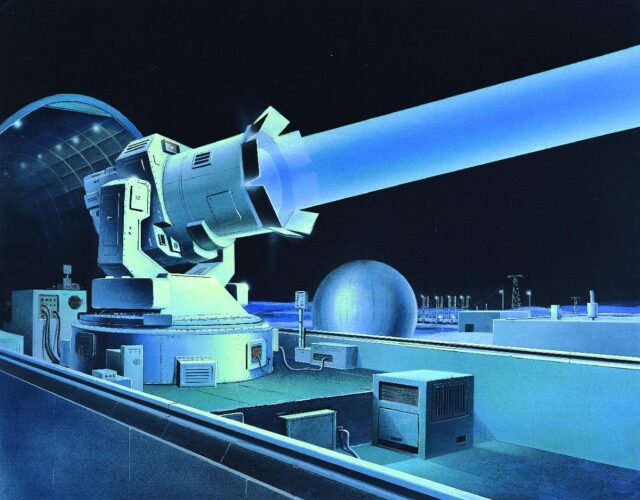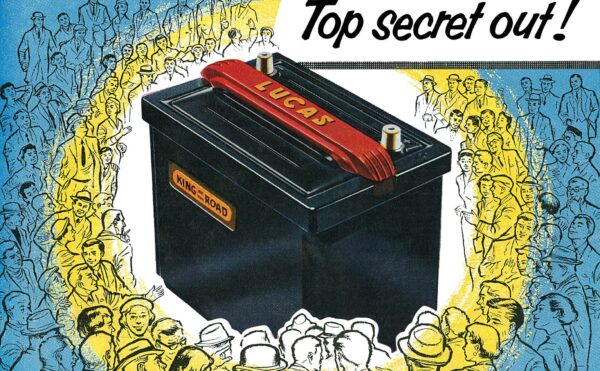By the 1930s Nikola Tesla was in dire straits.
The onetime savant who had revolutionized the world with his electrical inventions was now a decrepit old man shuffling between hotels in Manhattan, hoarding newspapers and birdseed. When the unpaid bills at one hotel grew too large, he’d simply move on to another, his waning fame his only currency.
From the height of his celebrity, Tesla’s decline had been slow but steady. After his innovative work on electrical power in the late 1800s (specifically on alternating current), the young Serbian immigrant had branched out into radio and wireless power transmission in the early 1900s. Newspapers worldwide reported on his every undertaking, even the most eccentric, such as a 20-story tower in Colorado that built up huge electric charges and shot lightning bolts 135 feet long. The thunder generated was audible 15 miles away.
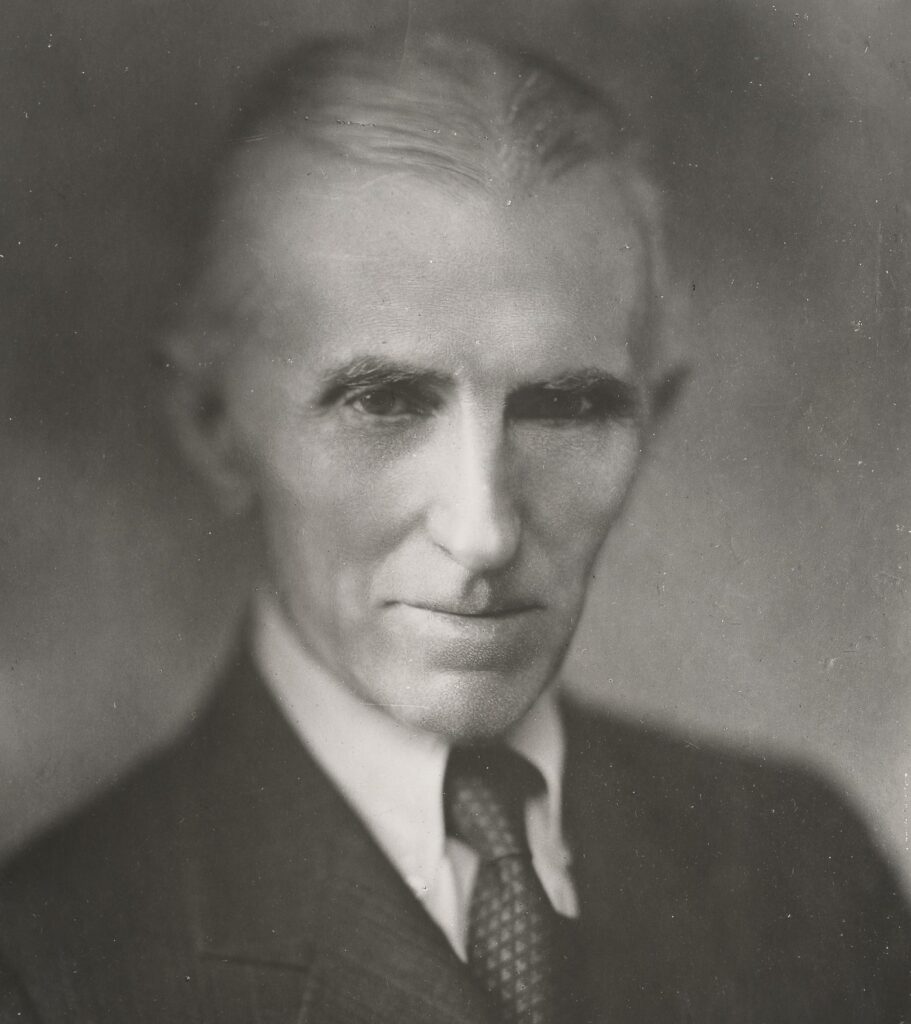
So later, when Tesla started talking about even wilder projects—including a powerful new weapon he was working on—folks paid attention. “Tesla’s New Device Like Bolts of Thor,” thundered the New York Times in 1915. In fact, this new device would come to dominate the last decades of Tesla’s life.
Instead of lightning, Tesla said his new weapon would harness a beam of metal ions hurtling along at 270,000 miles per hour. As for how this beam was possible, Tesla was always coy, citing new laws of physics that “no one has ever dreamed about.” He nevertheless bragged about his work to any reporter who would listen: the “all-penetrating” beam would pack 100 billion watts into just one one-hundred-millionth of a square centimeter.
Tesla teased his “teleforce” weapon for decades, saying it could shoot down airplanes from 250 miles away. The press landed on a different name for the invention: death ray. Despite claims to the contrary, Tesla never provided much proof that the death ray worked. But no one could quite dismiss the idea, either. After all, this was Tesla.
Hype about the weapon really took off in the run-up to World War II as Nazi Germany assembled a fearsome air force. The ability to shoot down airplanes from 250 miles away seemed like a godsend, and people in Tesla’s homeland, then called Yugoslavia, begged him to return home and install the rays to protect them from the Nazi menace.
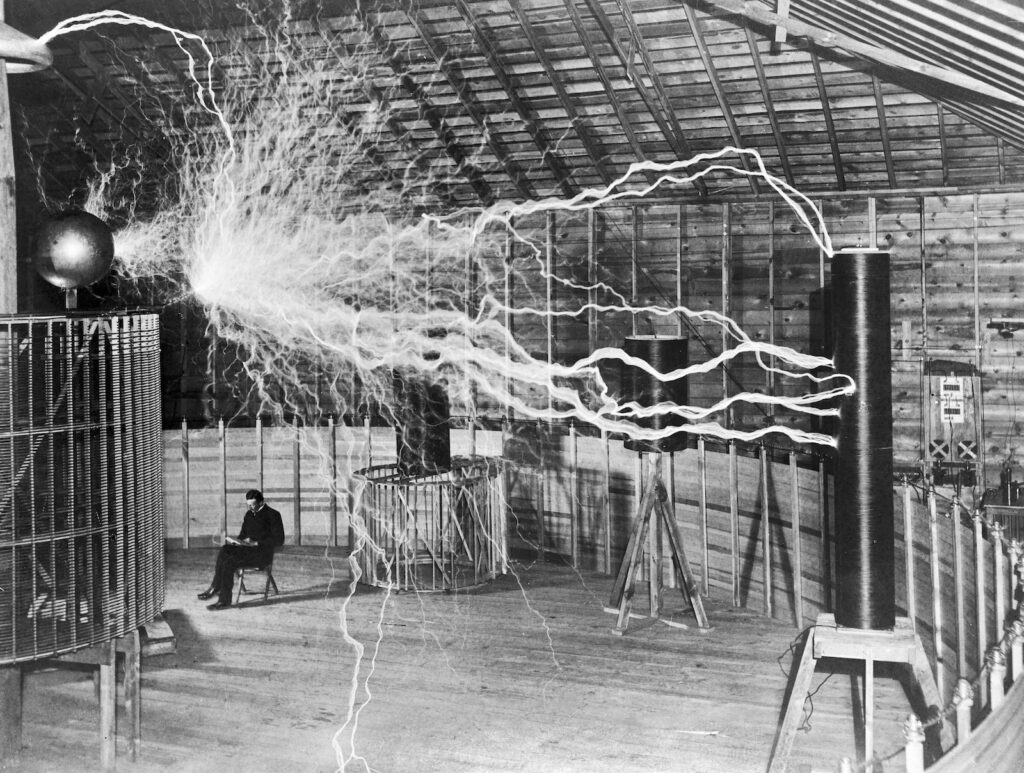
By the time the war began in 1939, Tesla’s health had deteriorated. He was deathly skinny and prone to fainting. By early 1943 he was living in a room on the 33rd floor of the New Yorker Hotel near Penn Station, a do not disturb sign permanently fixed to his door. On January 8 a maid ignored the sign, walked into the room, and found the old man dead—reportedly naked except for his socks. He was 86 years old. And with the fate of his death ray unclear, a massive scramble began.
Again, no one knew whether the death ray was real, but it might be the breakthrough the Allies needed to win the war. At the very least, American officials were terrified of Nazi Germany getting the weapon first, so they decided to seize Tesla’s papers. But someone beat them to the punch.
The Yugoslavian ambassador to the United States was actually Tesla’s nephew, Sava Kosanović, who had ridden his uncle’s coattails to his current post. Kosanović happened to be stationed in New York in 1943, and when he heard of his uncle’s passing he rushed over to the hotel.
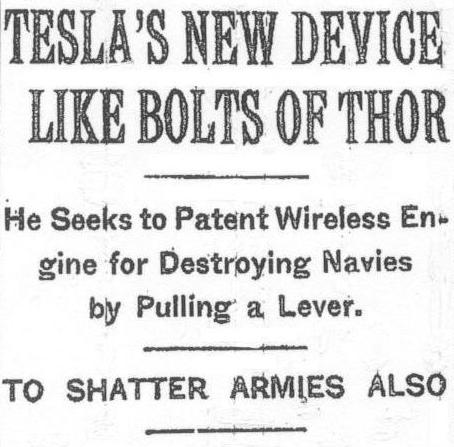
While hotel managers looked on, Kosanović instructed a locksmith to crack open a safe in Tesla’s room. Inside, he found some honorary degrees, a gold medal, and a memorial book from Tesla’s 75th birthday. Kosanović took the memorial book, changed the safe combination, and left. All in all, it was a fairly innocent act—Tesla’s rightful heir inspecting his uncle’s things. But to paranoid types in the U.S. government, the visit didn’t seem innocent at all. They feared Kosanović was a spy. The FBI even considered arresting Kosanović for burglary.
Two days later another government agency, the Office of Alien Property, seized all of Tesla’s belongings and impounded them in a storage unit in Midtown Manhattan. (Tesla was a naturalized U.S. citizen, not an alien, so the agency probably didn’t have jurisdiction, but they weren’t about to let legal niceties interfere with national security.) The government then summoned an expert on high-voltage physics from the Massachusetts Institute of Technology to go through Tesla’s papers and see whether the old inventor had actually harnessed the bolt of Thor.
The physicist arrived in New York on January 26 and spent two days going through the papers. He was not impressed. He said the ray work was mainly “speculative, philosophical, and promotional” in nature and included no “sound, workable principles or methods.” In short, a half-baked fantasy.
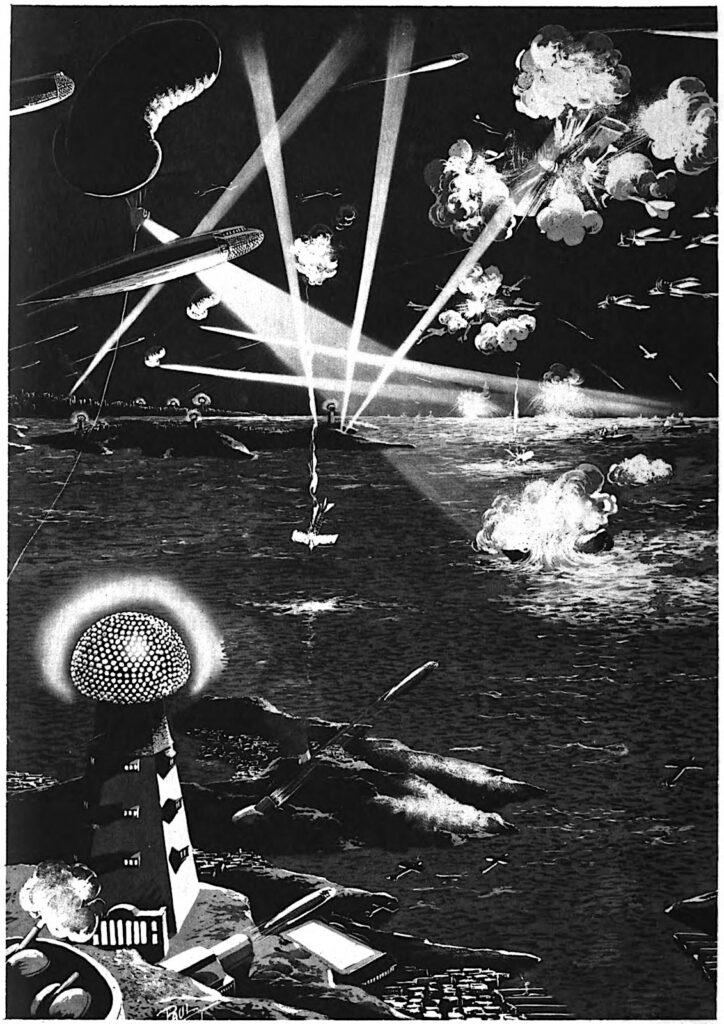
But then came word from another hotel a few blocks away, where Tesla had lived before. He had left a mysterious package in the vault there—a supposed prototype of his death ray.
While the physicist and a few others looked on, the hotel manager opened the vault, bracing for an explosion. Inside stood a small cabinet covered in brown parcel paper. It was the physicist’s job to open it and determine what was inside.
But before he could, the hotel manager handed him a note penned by Tesla. It claimed the prototype inside was worth $10,000. More ominously, it said the box would detonate if opened incorrectly.
At this point the hotel staff scampered away—no doubt feeling lucky to escape with their lives. This left the physicist to face Tesla’s box. Despite himself, he was scared. What if Tesla really had come up with something? Or what if he’d booby-trapped the box, out of sheer paranoia?
After collecting his thoughts, the physicist steeled himself and began tearing off the brown paper. He must have laughed at what he saw underneath: a Wheatstone bridge, a tool for measuring electrical resistance. It was a common, mundane device—some old junk, really. It was certainly not a death ray, not even close.
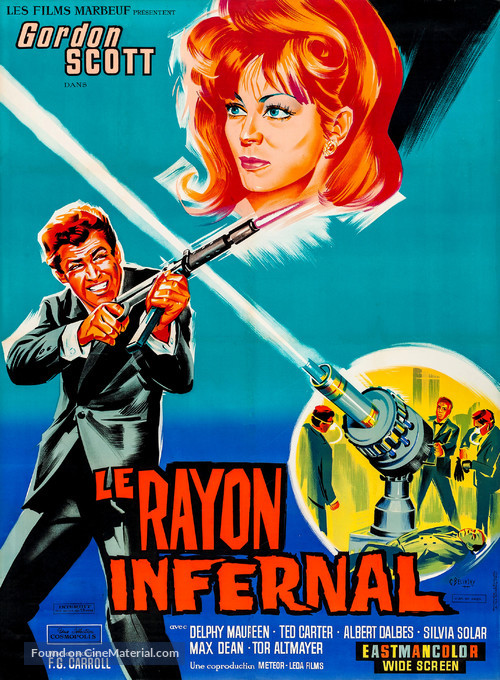
So did Tesla really believe he could create death rays? Perhaps. Plenty of geniuses have gone off the rails and become delusional in old age.
Or perhaps the whole thing was a swindle, a ploy to scare up funds for research on real science. (The Soviet government did, in fact, pay him $25,000 to investigate beam weapons in 1939.) Equally likely, the device in the vault, supposedly worth $10,000, might have been bogus collateral for hotel bills he couldn’t afford to pay.
Regardless, the physicist had seen enough. “I am willing to stake my professional reputation,” he said, that the death ray was bunk. Most government officials believed him—but not everyone.
After World War II ended, the Cold War ramped up quickly. American military leaders were desperate for an edge against the Communist Soviet Union, and some of them—dazzled by the name of Nikola Tesla—talked themselves into believing that death rays were real. They even started a top-secret military operation to build one, Project Nick.
Apparently nothing ever came of Project Nick—the military never released any details about the work. A frightening new development, however, quickly renewed American interest in beam weapons.
In 1952 Tesla’s nephew convinced a court to release his uncle’s papers. The U.S. government owned classified copies of the important ones, but the nephew sent the originals to a museum in Belgrade, in Communist Yugoslavia. Soviet scientists suddenly had access.
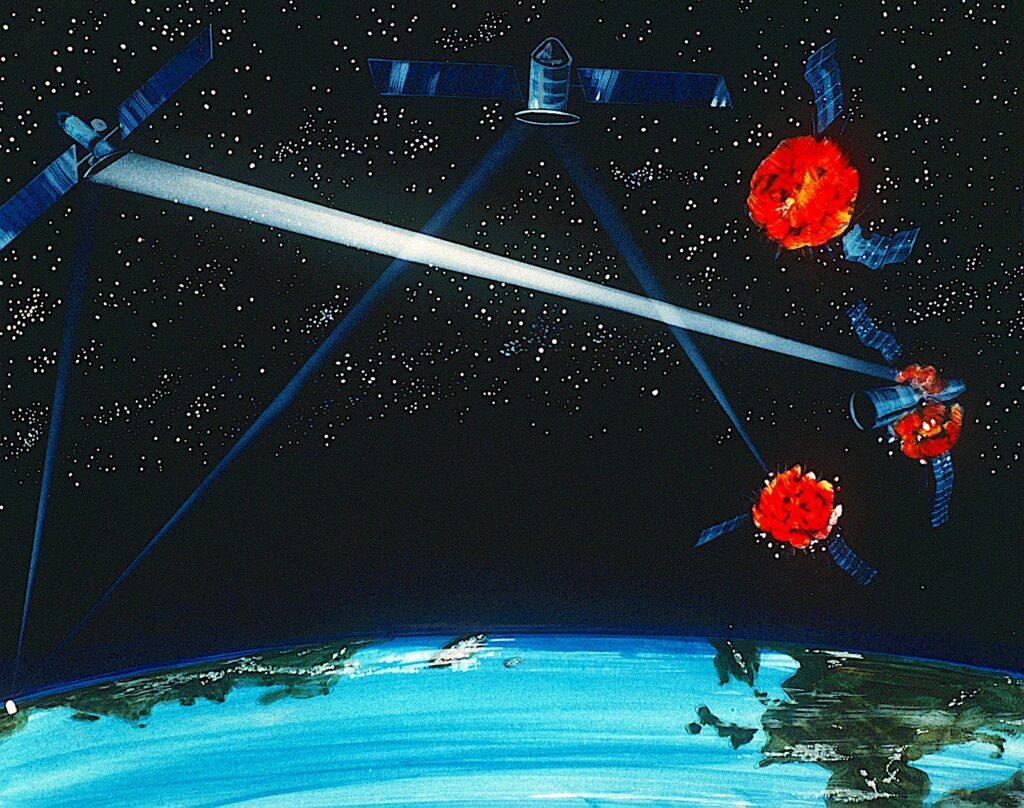
Ominously, between the 1950s and 1970s, the Soviets made several cryptic announcements. Premier Nikita Khrushchev, for instance, once bragged that “a new and fantastic weapon was in the hatching stage.” In another case, a long exposé in Aviation Week & Space Technology included some leaked diagrams of a weapon that looked alarmingly similar to some then-unpublished work of Tesla’s. American officials were left trembling: were the Soviets on the brink of a superweapon?
The Americans ultimately responded with a new beam-weapon program under Ronald Reagan called the Strategic Defense Initiative—popularly known as Star Wars. It consisted of an array of orbiting satellites that would shoot down incoming missiles with lasers or particle beams. Star Wars was billed as a purely defensive measure, but, of course, any beam that powerful would make a heck of a weapon, too.
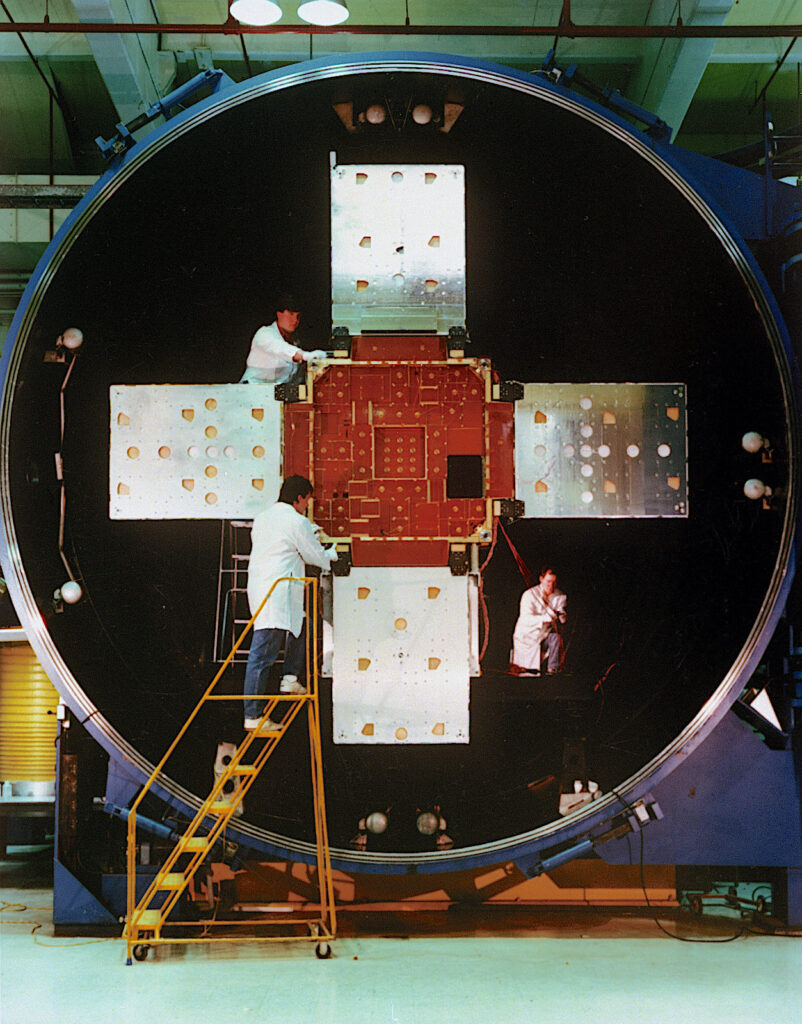
Star Wars, however, turned into a boondoggle. All told, the U.S. government spent billions on it—the program’s 1988 budget of $5.7 billion exceeded that of both NASA ($4.7 billion) and the National Science Foundation ($1.7 billion)—and to this day we have nothing to show for it. It simply didn’t work.
Nevertheless, the idea has continued to fire the imaginations of American hawks. Just last year Donald Trump proposed pouring hundreds of millions of dollars into another space-based defense program that would shoot down rogue nuclear missiles with particle beams.
That proposal seems ridiculous enough—wasting more money on a bum technology. But the idea is even more ludicrous coming from Donald Trump. Why? Because the MIT physicist who exposed the death ray as fake news was none other than Trump’s paternal uncle, John.
John Trump assembled a brilliant scientific résumé over his career. During World War II he served as a director at the famed MIT Radiation Lab, which played a crucial role in developing radar. John also worked directly with General Eisenhower’s team and rode into liberated Paris with Eisenhower in 1944. Scientifically, he spent decades teaching and doing research at MIT—one of the most prestigious institutions in the world. More importantly, he figured out ways to harness high-voltage physics for humanitarian projects, such as shrinking tumors with targeted radiation and zapping pathogens in sewer sludge.
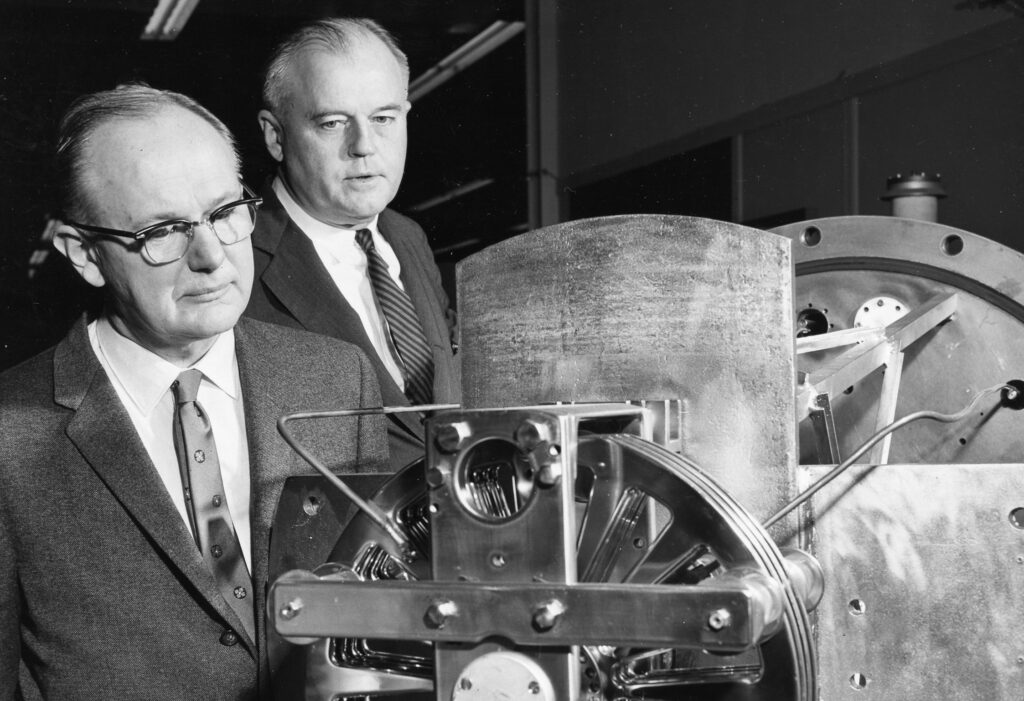
When the military went looking for scientists to build Star Wars, John Trump refused to help.
“John, over a period of three decades, would be approached by people of all sorts because he could make megavolt beams of ions and electrons—death rays,” remarked his MIT colleague James Melcher in a 1988 article in Science for the People. “What did he do with [this knowledge]? Cancer research, sterilizing sludge . . . all sorts of wondrous things. He didn’t touch the weapons stuff.”
His career culminated with the National Medal of Science in 1983.
EDITORS’ NOTE: This article was edited on October 16, 2020, to remove a section referring to Donald Trump. The section was considered provocative close to the 2020 presidential election.

